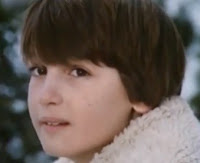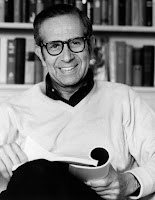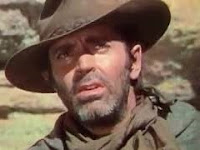MGM
By Jeremy Smith
February 17, 2023
The Western might be the quintessential American film
genre, but it probably would've fallen completely out of favor in the 1960s
were it not for Italian filmmaker Sergio Leone. With loads of ingenuity and not
a lot of money (initially at least), Leone overhauled the increasingly staid
formula, and knocked out a surprise international hit via "A Fistful of
Dollars." Aside from Leone's striking widescreen compositions, there were
two keys to the film's success: Clint Eastwood's taciturn portrayal of The Man
with No Name and Ennio Morricone's bizarrely innovative score.
When Eastwood traveled to Spain in 1964 to shoot "A
Fistful of Dollars," he was nearing the end of his run as cowboy Rowdy
Yates on CBS' Western series "Rawhide." Despite the name, his
character was a bit of a cliched bore, so teaming with the up-and-coming Leone
far away from Hollywood gave Eastwood the opportunity to transform his image by
building an archetype from the ground up.
After wrapping principal photography in June, Leone
zipped through post-production and had the film in theaters by September. When
the movie exceeded commercial expectations, the producers hit up Eastwood for a
sequel. Though the actor was certainly interested, he had one simple request:
could he watch the first movie?
Morricone revolutionized the sound of the Western
"A Fistful of Dollars" might have been a
roaring success in Europe, but American distributors were hesitant to release
the film in the U.S., so a screening had to be arranged for Eastwood in
Hollywood. The star was immediately knocked sideways by the stylized opening
credits, which featured Morricone's peculiar main theme. As Eastwood told NPR's
Terry Gross in 2007:
"[I] came in and, all of a sudden, this score comes
on, and I thought, 'Wow, this score is really unusual.' And unusual is the
thing I would say about Ennio Morricone is that–and I don't know whether it's
him or a combination of Sergio Leone, but Sergio was always very interested in
music and he was always interested in the framing of sound effects and music in
films."
The instrumentation is all over the place: there's a
guitar, click-clacking percussion, a church bell, and chanting. Eastwood knew
he was hearing something truly original (in the most formulaic of genres), and
committed to the sequel, "For a Few Dollars More."
One of the greatest, and most versatile, to ever do it
By the time the "Dollars Trilogy" concluded
with 1966's "The Good, the Bad and the Ugly," Eastwood was an
international movie star. As we know, he had ambitions outside of acting, and
pursued them to Oscar-winning effect over the ensuing five decades. And while
Eastwood typically favored more subdued music for films he directed, he did
perform in two very different movies featuring radically different scores from
Morricone.
Don Siegel's 1970 Western, "Two Mules for Sister
Sara," might be a minor effort from the great filmmaker, but it's well
worth seeing for Morricone's sound-effects-laden music (some of which was
featured in Quentin Tarantino's "Django Unchained." 23 years later,
the maestro slathered on the strings and brass for the propulsive main theme to
Wolfgang Petersen's superb thriller "In the Line of Fire," while
breaking out the pan flute for the unexpectedly gorgeous romantic cue that
plays as Eastwood's Secret Service agent falls hopelessly in love with his
colleague (Rene Russo).
Eastwood was, like so many of us, a huge Morricone fan,
and he explained his admiration thusly to Gross:
"The Leone pictures were very operatic, and
Morricone could go flat-out on those with great trumpet solos and all kinds of
different sounds and stuff, and he's very clever, very innovative for that
particular time especially, and now he's been imitated by many people since
then."
Imitated, but never, ever equaled.

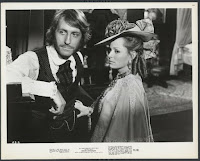
.png)


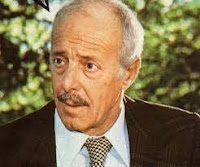

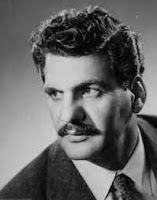


.jpg)
